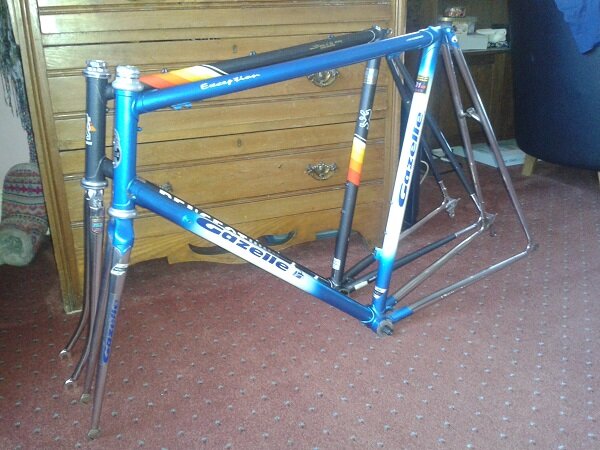stefthehat
Retro Guru
Yes I know and knew as I was typing should of added silver to my comment on brass, I would be v surprised even at silvers lower melting point to find a framebuilder happy to reheat a 753,i just think there's enough choice of builders and tubing to have a modern custum job made which would be lovely to see,the talk of getting a craftsman to dismantle something reflects a lack of respect for their time,they never were able to charge correctly in steels heyday,i think modern prices perfectly reflect what goes into a frame which is a lot more than just some tubes anyone can buy
